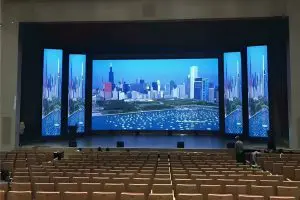Why are LED screens better?
Why LED Screens Are Considered Superior: An Overview for Advertisement LED Screens
Picture Quality
Advertisement LED Screens offer superior picture quality with higher contrast ratios and deeper blacks. They can display vibrant colors and provide more accurate and true-to-life images, making them ideal for capturing attention in public spaces and enhancing the impact of digital advertisements.
Energy Efficiency
Advertisement LED Screens consume less power compared to other display technologies like LCD. They use light-emitting diodes to produce the backlighting, which requires less energy, making them more energy-efficient and cost-effective over time. This reduces operational costs, especially important for businesses that rely on constant visual presentations.
Slim Design
Advertisement LED Screens are typically thinner and lighter than other display technologies, allowing for sleek and slim designs. This makes them more aesthetically pleasing and easier to install in various locations, such as retail stores, shopping malls, and public transit stations.
Longevity
Advertisement LED Screens have a longer lifespan compared to other display technologies. The light-emitting diodes used in LED screens have a longer operational life, reducing the need for frequent replacements and repairs, which translates to lower maintenance costs and better return on investment.
Environmentally Friendly
Advertisement LED Screens do not contain toxic substances like mercury, which is commonly found in older display technologies such as CRT monitors. LED screens are also recyclable, contributing to a greener and more sustainable environment, aligning with corporate social responsibility initiatives.
Wide Viewing Angles
Advertisement LED Screens offer better viewing angles, allowing users to see the display clearly from different positions and angles without significant color distortion or loss of image quality. This feature is particularly beneficial in crowded areas where the audience might be viewing the screen from multiple directions.
Faster Refresh Rates
Advertisement LED Screens can achieve faster refresh rates, resulting in smoother motion and reduced motion blur. This makes them suitable for applications like showcasing dynamic advertisements or broadcasting fast-paced content, ensuring that the message is conveyed clearly and effectively.
Conclusion
Overall, advertisement LED screens provide superior performance, energy efficiency, and durability, making them the preferred choice for a wide range of electronic devices, particularly in the realm of digital advertising. Whether it’s enhancing customer engagement or delivering impactful marketing messages, LED screens stand out as a versatile and effective solution.
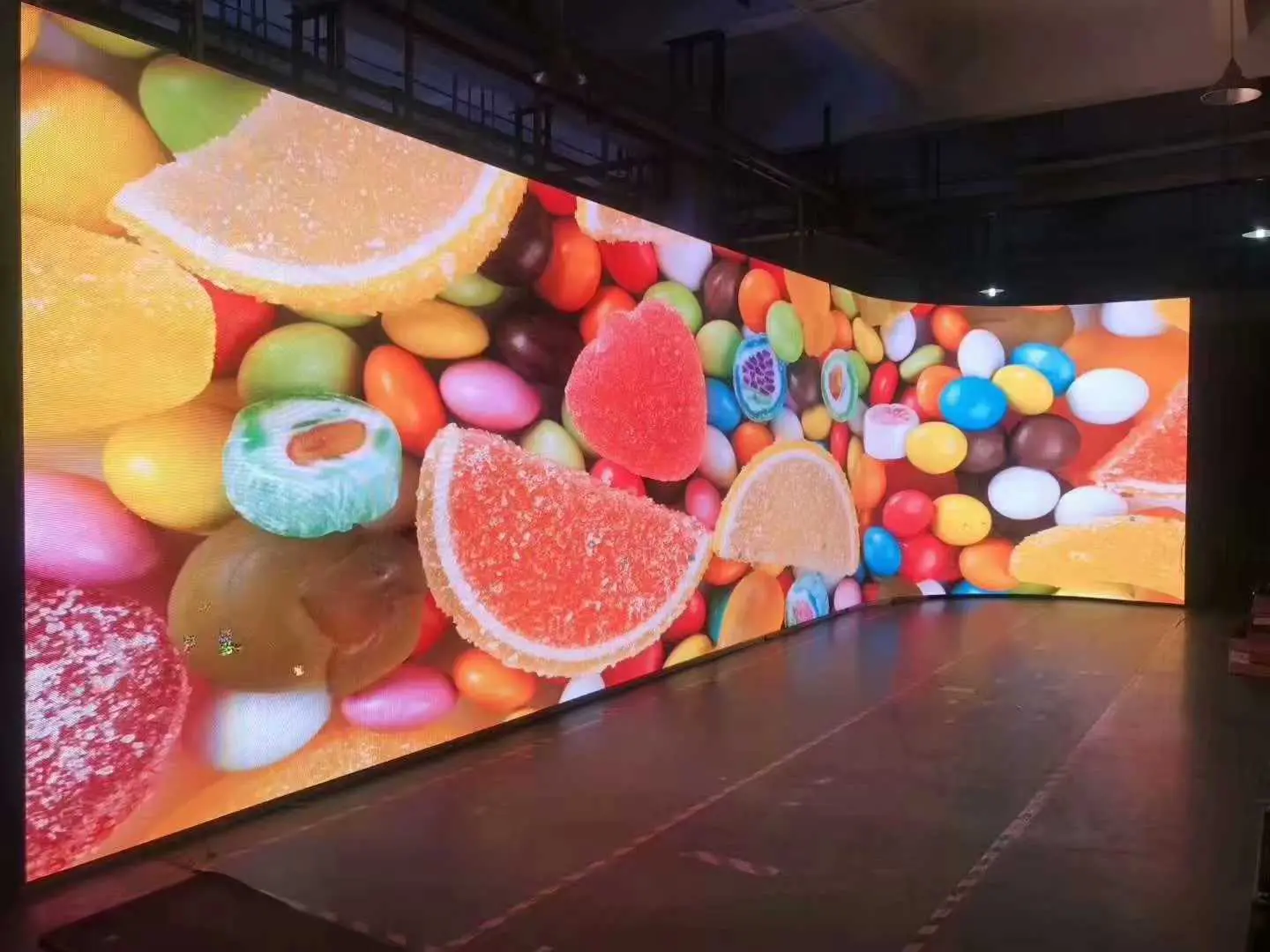
Strong and Durable, Long Life
Extended Operational Lifespan
The typical lifespan of an LED display ranges from 80,000 to 100,000 hours, capable of operating continuously 24 hours a day. This translates to nearly a decade of service, making the longevity of LED displays several times greater than that of traditional display devices.
Energy Saving and Environmental Protection, Unaffected by Ambient Light, Easy Installation
Eco-Friendly and Efficient
The LED light source utilized in full-color LED displays is a solid-state cold light source, free from the drawbacks associated with filament-based illumination, such as easy burnout, heat accumulation, and rapid light decay. Unlike LCD screens which contain pollutants, LED displays are crafted from non-toxic materials and can be recycled and reused. Additionally, they emit minimal heat, radiation, and glare, making them safe for direct contact.
Ambient Light Independence and Ease of Setup
LED displays operate efficiently under varying light conditions and are straightforward to install, providing a practical solution for diverse environments.
Super Large Screen Splicing, Superior Display Performance
Seamless Splicing and Display Capabilities
Both projection splicing and LED splicing displays can be extended indefinitely; however, projection splicing is significantly impacted by ambient light. LED displays excel in this regard, offering versatility in playing a variety of videos, images, text, computer information, graphics, pictures, and 2D and 3D animations. They boast substantial data storage capacity and feature synchronous display functionality.
Wide Range of Applications
Versatile Usage Scenarios
LED display screens find widespread application in architectural outlines, staircases, exhibition booths, bridges, hotel interiors, KTV decorative lighting, signage production, large-scale animations, and calligraphy exhibitions due to their slim profile and vivid color reproduction. As LED electronic display technology matures, its potential for application will expand further.
Advanced All-In-One Solutions
The REISSDISPLAY all-in-one machine is designed with seamless splicing technology to ensure uniform flatness, eliminating any visual disruptions across the display surface. The display brightness can be adjusted according to the surrounding light conditions, minimizing eye strain. The machine incorporates basic water resistance, UV protection, and moisture-proofing features. Its key advantage lies in the integrated Android system, which grants access to a plethora of applications. The user-friendly interface supports multi-window interaction, ensuring efficient and productive use.
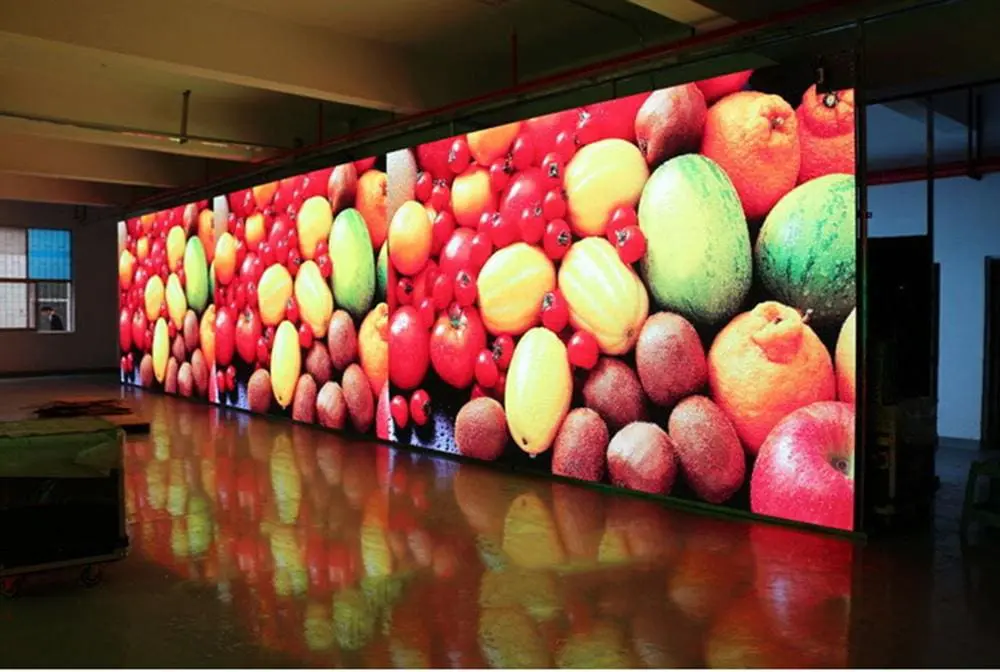
LED Screens: Advantages Over Traditional Displays
Energy Efficiency
LED (Light Emitting Diode) screens use significantly less power than other types of screens, such as LCD (Liquid Crystal Display) screens. This is because LED technology inherently operates more efficiently, with each LED emitting light only when it needs to, eliminating the need for a constant backlight.
Better Contrast Ratio
LED screens boast a higher contrast ratio than traditional displays, meaning they can produce deeper blacks and brighter whites, resulting in a more vibrant and realistic image quality.
Wider Viewing Angles
One of the notable benefits of LED screens is their wider viewing angles. Unlike traditional displays, LED screens maintain image clarity and vibrancy even when viewed from different angles, ensuring a consistent visual experience for audiences situated off-center.
Longer Lifespan
LED screens have a longer lifespan compared to traditional displays, lasting longer before requiring replacement. This longevity is attributed to the solid-state components used in LED technology, which are less susceptible to degradation than the moving parts found in traditional displays.
Environmentally Friendly
In terms of environmental impact, LED screens are a step ahead of traditional displays. They are more energy-efficient and do not contain toxic chemicals such as mercury, often present in LCD screens. Furthermore, LED screens can be recycled, contributing to a more sustainable future.
Conclusion
Overall, LED screens are a superior choice for numerous applications, ranging from home entertainment systems to digital signage and commercial displays. Their energy efficiency, enhanced image quality, longer lifespan, wider viewing angles, and eco-friendly attributes make them a preferred option in today’s market.
Related Products
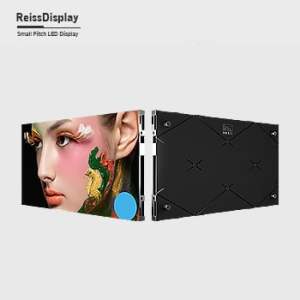
Fine Pitch LED Screen
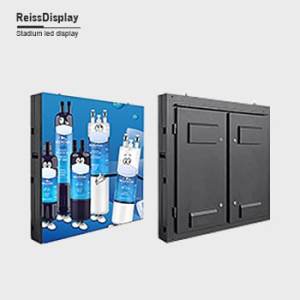
Outdoor LED SCreen
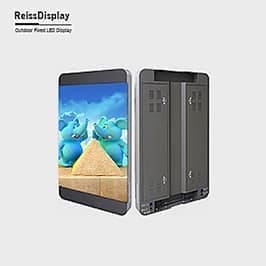
Light Pole Led Display
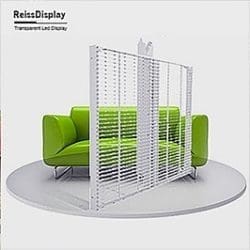
Transparent LED Screen









